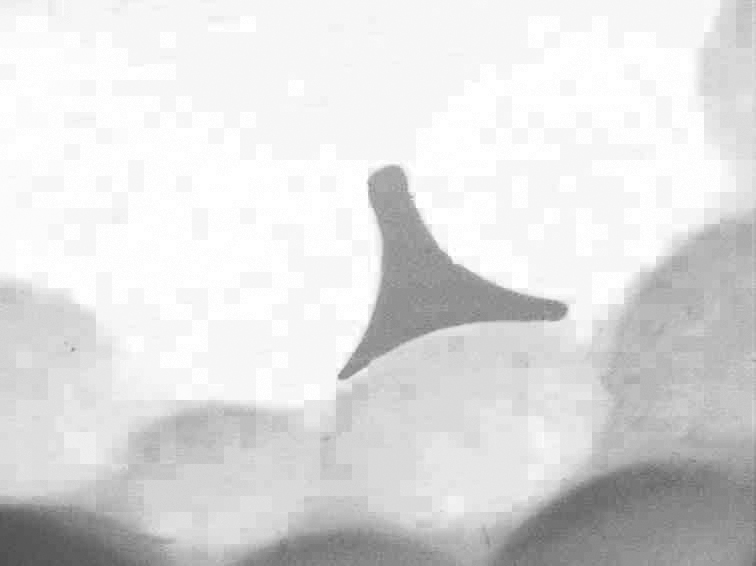Conditions
ON THE GREEN
The game of golf can bring endless joy, but also frustration, especially when a putt misses by three feet. For amateurs, about 33 percent of all strokes are putts, for professionals up to 42 percent. Therefore, putting should be practiced intensively and, above all, correctly.
However, not all conditions on the green are always the same. So we distinguish between the factors that you as a golfer cannot influence and the factors that you can influence and control yourself.
If all the influenceable factors are well coordinated when putting, your putting will be reliable and predictable. So if you want to putt perfectly and repeatably, you should know these factors and be able to deal with them.
Kramski Putt-Philosophy
NON-INFLUENCEABLE FACTORS
Granted, you have little influence on the condition of the green. But even in adverse conditions on the golf course, you should use options that the rules allow you.
Kramski Putt-Philosophy
INFLUENCEABLE FACTORS
Some factors are in your hands!
Therefore, optimize the factors that you can influence in training as well as in the game!
Conditions on the green
THE PLAYER IS
AT THE MERCY OF
THESE CONDITIONS
- Grass type
- Cutting length and direction of growth
- Condition (wet/damp/dry)
- Ondulation of the green
- Speed of the green
- Light conditions (sunny/cloudy)
- Optical illusion (shadow from the shaft)
- Soil sanded or aerified
- Wind conditions
- Small bumps in the ground
- Spikemarks
- Bumps directly around the hole

EXEMPLARY VALUES
THE SPEED OF THE GREEN IS MEASURED WITH STIMPMETER
| Meaning: | Putt-lenght: | Stimpmeter: |
| fast | over 300 cm | 10 to 12 |
| medium | 240 to 300 cm | 8 to 10 |
| slow | 180 to 240 cm | 6 to 8 |

Conditions on the Green
THESE FACTORS ARE
UNDER YOUR CONTROL
WHEN PUTTING
- Condition of the ball (soft/hard/dimple size)
- Putter model (blade,mallet, etc. …)
- Shaft length/lie
- Swing weight, total weight, counterweight
- Grip technique and grip pressure
- Grip size
- Auxiliary line on the ball (aiming aid)
- Test swing in front of or above the ball
- Exact impact position (repeatable)
- Swing technique
- Wrist use (yes/no)
- Upper body tilt
- Ball and clubface cleaning – even a small grain of sand on the impact area of the clubface can become a big problem
- Training method
BY COINCIDENCE
THIS IS HOW THE GOLF BALL DEFORMS AT THE MOMENT OF IMPACT DURING PUTTING

Impact situation on the dimpel

Impact situation on the dimpel
Contact
We are there for you!
PHONE
+49-7231-4245-430
info@kramski-putter.com